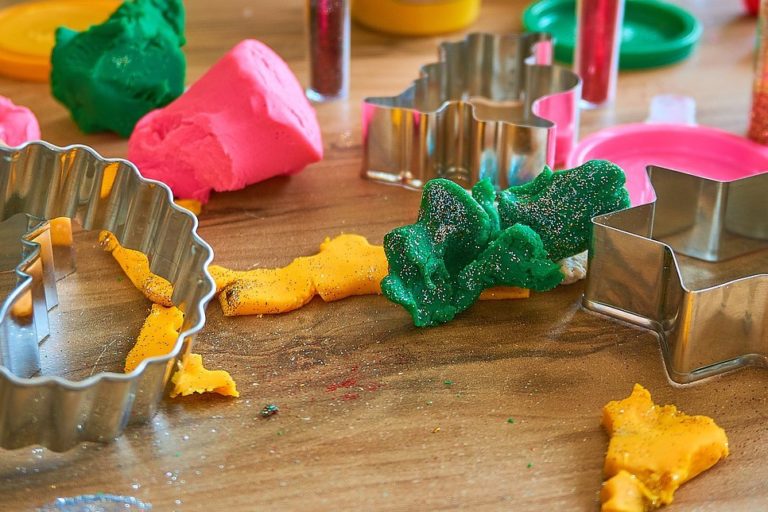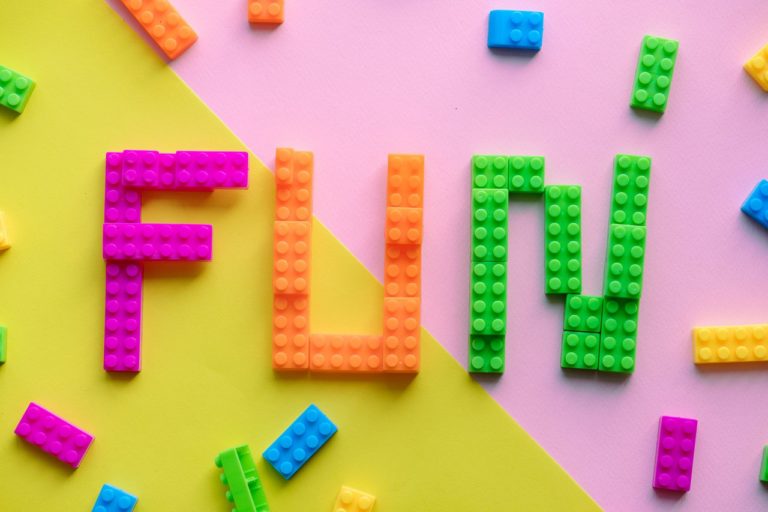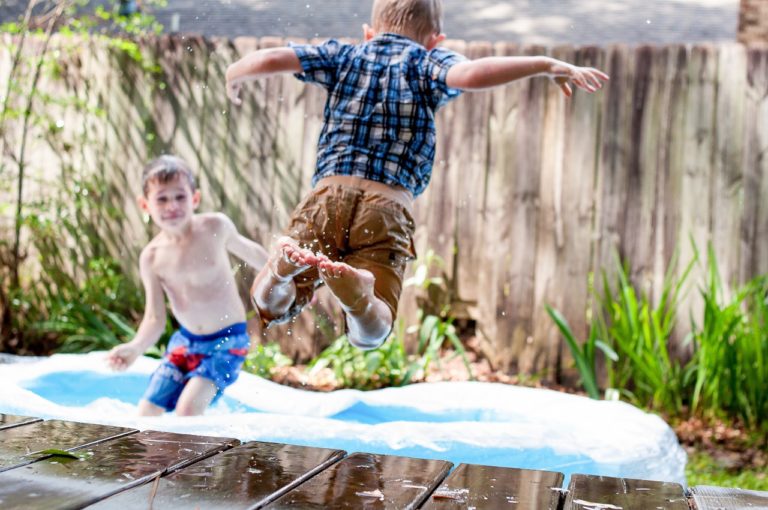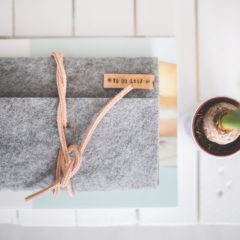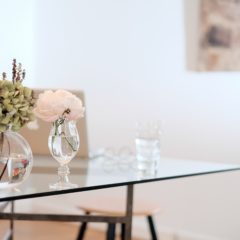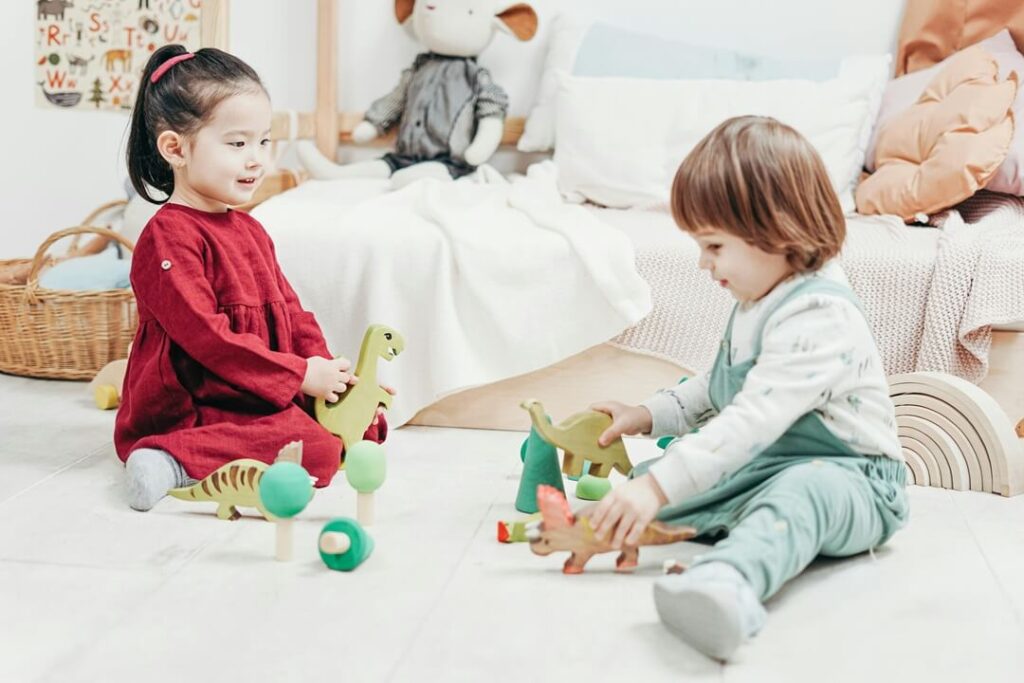
Organising kids’ rooms and keeping them organised is a challenge most parents face at some point in time. Here are the top challenges and simple ways to overcome them, as well as some easy storage ideas.
Your Guide to Organising Kids Rooms and Play Spaces
If you’ve ever stepped on a rogue Lego piece or spent what feels like an eternity searching for your child’s favourite stuffed animal, you know that organising kids’ rooms can feel like an impossible task.
Toys multiply overnight, play areas turn into disaster zones within minutes, and keeping everything neat and accessible can be overwhelming, especially when you are also trying to manage the rest of your home.
But don’t worry! With the right approach, you can create an organised, functional, and fun space for your little ones while keeping your sanity intact.
How to Arrange a Play Space That Works
A well-organised play area makes it easier for kids to find their toys, encourages independent play, and (hopefully) makes clean-up time less of a battle. Here’s some ideas on how to set up a space that works:
Define the Play Zone – If possible, designate a specific area for play rather than letting toys take over the entire house. This could be a corner in the living room, a dedicated playroom, or even a well-organised section in your child’s bedroom.
Use Kid-Friendly Furniture – Low shelves, small tables, and child-sized chairs make it easier for little ones to access and put away their toys. Incorporate storage solutions that are easy for children to open and close without assistance.
Create Activity Zones – Separate different types of play to keep things organised. For example, have a reading nook with cosy cushions and a bookshelf, a craft area with art supplies, and a building zone for blocks and Lego sets.
Incorporate Multi-Use Furniture – Consider furniture that doubles as storage, such as ottomans with hidden compartments or a play table with built-in bins.
Make It Easy to Clean Up – Storage containers should be simple enough for kids to use without help. Open bins, labeled baskets, and toy chests with easy-to-lift lids make tidying up quick and hassle-free. Add pictures to your labels to aid children in identifying the correct storage places for their toys at tidy-up time.
Rotate Toys Regularly – Instead of keeping all toys out at once, rotate them every few weeks. This keeps playtime exciting and prevents clutter from building up too quickly. Fewer toys on display foster more creativity and imagination during playtime. Regularly remove, broken or unused toys.
The Best Storage Solutions for Toy Clutter
The right storage can make all the difference when organising kids’ rooms. Here are some practical and simple storage ideas for you to try:
Cubbies with Bins
Open cubby shelves with labeled bins make it easy for kids to grab what they need and put things away independently.
Clear Storage Containers
Transparent bins help kids see what’s inside without rummaging through everything.
Over-the-door Organisers
A simple way to store stuffed animals, toy cars, or craft supplies without taking up floor space.
Hanging Storage
Wall-mounted baskets, hanging shoe organizers, or pegboards can help store smaller items like dolls, action figures, and art supplies.
Under-Bed Storage
Rolling bins or drawers under the bed can be a great place to store larger toys, puzzles, and seasonal items.
The 3 Biggest Challenges of Keeping Kids’ Rooms Organised (and How to Overcome Them)
Even with the best systems in place, maintaining an organised kids’ room isn’t always easy. Here are the top challenges and solutions:
1. Toys seem to multiply overnight
Solution: Regularly declutter using the “one in, one out” rule. When a new toy comes in, an old one goes out. Involve your child in the process by donating unused toys to charity or rotating toys to keep things fresh without overwhelming their space.
2. Kids Resist Cleaning Up
Solution: Make clean-up fun! Turn tidy time into a game using a timer, (“Let’s see how fast we can put everything away!”). Label bins with pictures for younger kids so they know where things go. You can also create a reward chart to encourage daily tidying.
3. Too Many Small Pieces Everywhere
Solution: Use compartmentalized storage for tiny toys like Lego pieces, doll accessories, and puzzle pieces. Tackle lost pieces by implementing a “lost toy bin” where random pieces go until they can be sorted back into their sets.
How to Set Up a Kids’ Bedroom with a Sleeping Zone, Play Zone, and Study Zone
Creating a well-structured kids’ bedroom includes having separate areas for sleep, play, and study. This can help your child feel more organised and comfortable. Here’s how to set up each zone effectively:
Sleep Zone
The sleeping area should be a calm and restful space. Choose a comfortable bed with cosy bedding and minimal distractions. Avoid placing toys or electronics near the bed to create a clear boundary between rest and play. If space allows, use a nightstand with drawers to store bedtime essentials, and consider blackout curtains for better sleep quality.
Play Zone
Designate a specific part of the room for play to keep toys from spreading everywhere. Use open shelving, labeled bins, and a soft rug to define the play area. A small play table can provide a space for crafts, puzzles, and imaginative play. If the room is small, consider a foldable play mat or wall-mounted storage to maximize space.
Study Zone
A dedicated study space helps kids focus on homework and creative projects. Place a small desk and chair in a quiet corner, ensuring good lighting for reading and writing. Use wall-mounted shelves or pegboards to keep supplies within reach but out of the way. A pinboard or whiteboard can be useful for displaying schedules, artwork, and reminders.
Organising kids’ rooms, final thoughts
Organising kids’ rooms doesn’t have to be a never-ending battle. With the right play space setup and smart storage solutions, you can create a tidy and inviting environment that works for both you and your little ones. Remember, consistency is key, encouraging daily habits and making clean-up easy will go a long way in keeping things under control.

